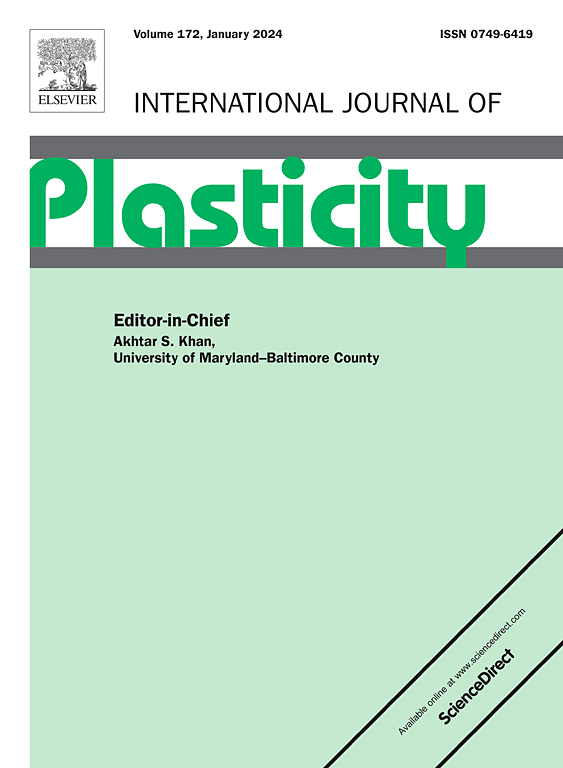Creep-fatigue damage level evaluation based on the relationship between microstructural evolution and mechanical property degradation
Abstract
Creep-fatigue interaction is identified as a primary failure mode for components operating under high temperatures. As operational durations extend, this interaction not only alters the material's microstructures but also initiates a gradual degradation in mechanical properties, significantly impacting its deformation and damage behaviors. In this work, the dynamic microstructural evolution of GH4169 superalloy during creep-fatigue was elucidated via qualitative characterization, and damage level evaluation method was subsequently developed by bridging microstructure degradation to mechanical property degradation. Creep-fatigue tests were performed at 650 °C with various tensile holding times and were interrupted at lifetime fractions of 10 %, 50 % and 80 % for further analysis and tensile evaluations. Results revealed that the prolonged exposure to holding times induced the coarsening of precipitates alongside an increase in low-angle grain boundaries, culminating a reduction in creep-fatigue strength. The development of voids and cracks exacerbated the degradation of elongation, leading to a hybrid fracture mode encompassing both intergranular and transgranular cracking paths. Synthesizing microstructural evolutions to qualitatively categorize diverse degradation levels imparted a robust physical basis for damage evaluation. A mapping model was established to correlate the average kernel average misorientation (micro-degradation indicator) with the tensile plastic strain energy density (macro-degradation indicator). The damage level evaluation method was endowed with quantitative metrics utilizing this model, and its generality was additionally validated in P92 steel. This work offers an insight into the quantitative damage evaluations of creep-fatigue-induced degradations in materials, thereby providing a theoretical basis for the development of operation management and inspection plans of components.

 求助内容:
求助内容: 应助结果提醒方式:
应助结果提醒方式:


